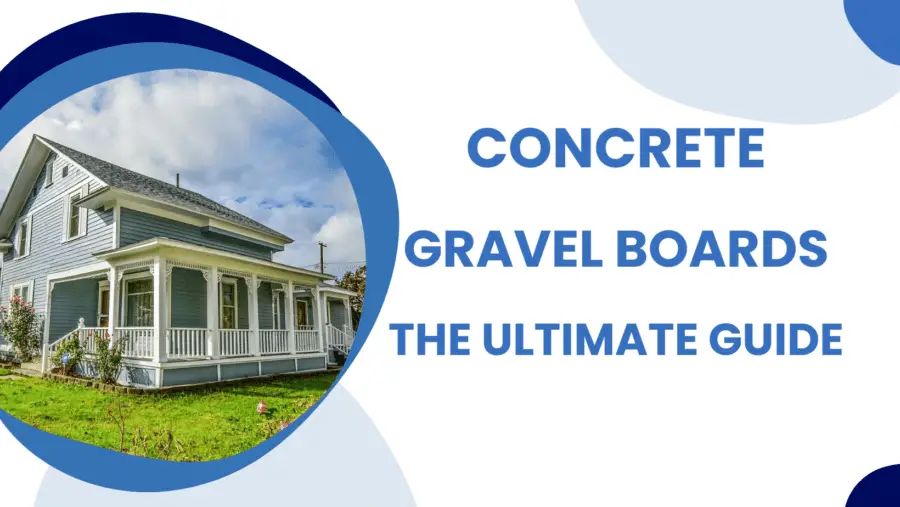Concrete Gravel Boards Everything You Need Know
Concrete gravel boards are an essential component in building sturdy fences. They form a protective layer between the ground and the timber panels, providing a solid base and preventing panels from rotting due to contact with groundwater. Concrete gravel boards also help fence panels withstand harsh weather and moisture from below, and prevent damage to the fence when knocked, such as by a lawnmower.
These boards come in various sizes and finishes, making them ideal for any garden setting. Some manufacturers even offer wildlife-friendly concrete gravel boards with small ground-level holes to allow wildlife to pass through.
They are available in different sizes, ranging from 1830 mm (6′) length and 300 mm width, with a depth of 60 mm, and a unit weight of 39 kgs.
Most suppliers offer a full range of concrete fence posts, including intermediate and end posts, as well as plain and rock-faced base panels, in various sizes..
They can be purchased online from suppliers such as the Mick George Group in Northampton and Oundle, who offer a wide range of concrete gravel boards in various sizes and finishes to suit any garden setting.
Concrete gravel boards share many of the same benefits as concrete fence posts, such as providing a strong foundation for fence panels and preventing damage to the fence from external factors.
Overall they are a durable and eco-friendly option for anyone looking to build a sturdy and long-lasting fence
Pros of Concrete Gravel Boards
- Durability: Concrete is a highly durable material that can withstand various weather conditions, making it ideal for use in fence building. Concrete gravel boards provide a strong foundation for fence panels, preventing them from rotting due to contact with groundwater, and helping them withstand harsh weather and moisture from below.
- Eco-Friendly: As mentioned earlier, some concrete gravel boards are designed to be wildlife-friendly, with small ground-level holes that allow wildlife to pass through them. This makes them an environmentally friendly option for those who want to minimize their environmental impact.
- Versatility: Concrete gravel boards come in various sizes and finishes, making them ideal for any garden setting. They can be used with concrete fence posts and panels to create a sturdy and long-lasting fence that can withstand various weather conditions.
- Low Maintenance: Once installed, concrete gravel boards require minimal maintenance, making them a cost-effective solution for those looking for a long-lasting fence that requires little upkeep.
Cons of Concrete Gravel Boards
- Weight: Concrete gravel boards are heavy, which can make them difficult to handle during installation. It is important to ensure that you have the necessary equipment and assistance to lift and maneuver them into place.
- Cost: Compared to other types of gravel boards, such as wooden or plastic, concrete gravel boards can be more expensive. However, the durability and low maintenance requirements of concrete gravel boards make them a cost-effective option in the long run.
- Aesthetics: Some people may prefer the natural look of wooden gravel boards, which can blend in better with the surrounding landscape. However, with the variety of finishes available for concrete gravel boards, it is possible to find a style that complements your garden design.
Installation Tips for Concrete Gravel Boards
When building a fence with concrete posts and gravel boards, start by marking out the path of the fence and positioning the first concrete fence post.
- Plan Ahead: Before starting the installation process, it is important to plan the layout of the fence and ensure that you have all the necessary materials and equipment. This includes concrete posts, gravel boards, fence panels, and fixings.
- Mark Out the Fence Line: Use a string line and pegs to mark out the path of the fence, ensuring that it is level and straight.
- Position the First Fence Post: The first fence post should be positioned in the corner of the fence line, ensuring that it is plumb and level. Use concrete mix to secure the post in place.
- Install Concrete Gravel Boards: Once the first fence post is secure, position the concrete gravel board on the ground, ensuring that it is level and flush with the post. Use concrete mix to secure the gravel board in place.
- Repeat the Process: Repeat the process for each fence post and gravel board, ensuring that they are evenly spaced and level. Once all the posts and gravel boards are in place, you can install the fence panels and fixings.
Conclusion
Concrete gravel boards are an essential component in building sturdy fences that can withstand various weather conditions and prevent damage over time. They come in various sizes and finishes, making them ideal for any garden setting, and can be an eco-friendly option for those who want to minimize their environmental impact. While they may be more expensive than other types of gravel boards, the durability and low maintenance requirements of concrete gravel boards make them a cost-effective option in the long run. Concrete fencing is a great alternative to walling blocks.
Author Profile

- I have many qualifications and certificates in construction, such as City & Guilds, CPCS and CITB. These are the highest standards of training and competence in the industry. Whether you need help with plumbing, carpentry, bricklaying or any other trade, I’m here to help you succeed.
Latest entries
- March 6, 2024CalculatorsWall Tile Calculator: How Many Wall Tiles Do You Need
- February 29, 2024Roof Truss Cost Calculator
- December 31, 2023Wage Take Home Calculator
- December 30, 2023Day Rate Calculator

